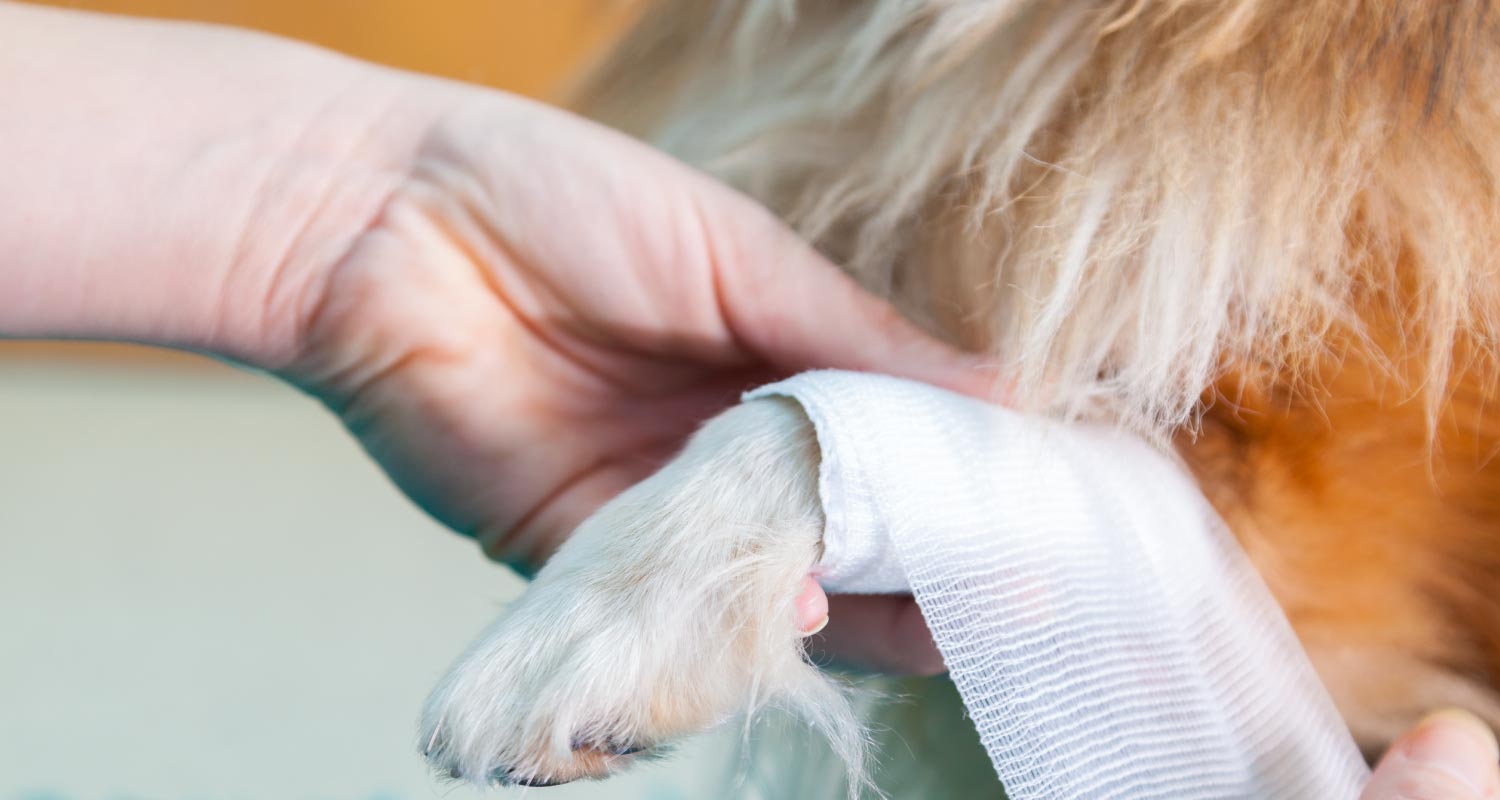HEALTH & WELLNESS

TRENDING
Bite-Wounds in Dogs

OVERVIEW
When a dog’s immune system can’t remove bacterial infection, inflammation, and damaged cells fast enough after a bite from another animal, the wound may become a ‘pocket of pus’, which is a liquid collection of inflammatory cells, bacteria, and damaged tissue.
Because the mouth is associated with bacterial populations, bite wounds are predisposed to infection.
SYMPTOMS
Sometimes fur covers the area of the wound, which makes the puncture difficult to find. If left untreated, the wound may become painful, swollen or filled with fluid. There may be a scab over a puncture wound, discharge (pus) oozing from the site or an unpleasant odour.
The clinical signs of infection may include:
- Tenderness or pain in the area of the wound
- A swelling or lump
- Scab or redness of the skin around the wound
- An oozing sore
- Discharge (pus) from the wound
- Hair loss in the specific area of the wound
- Excessive licking or grooming in a particular area
- Unpleasant odour
- Decreased activity
- Decreased appetite
- Limping (if the wound is located on or near a leg)
CAUSES
The following are some of the infection-causing bacteria usually found in dog bites:
- Streptococcus
- Pasteurella
- Neisseria
- Corynebacterium
Although a wound may not look serious, seething beneath the skin the bacteria thrive, multiply and can potentially initiate skin infections that can become quite serious creating a systemic inflammatory response.
DIAGNOSIS
The clinical symptoms listed above are obvious signs that the bite-wound has become infected.
However, a bite wound in an initial stage of infection may not be detected until it becomes an oozing, unpleasant smelling sore. Your veterinarian will carefully examine your dog and evaluate the wound and also indications of other problems. The dog’s hair may need to be shaved off for proper evaluation. X-rays may also be required.
To complete a thorough examination your dog may be sedated. Often a veterinarian will take a sample of the fluid and submit it to a microbiology laboratory for culture and sensitivity testing.
IMPORTANCE OF TAKING BITE WOUNDS SERIOUSLY
Dog bite-wounds can be life threatening, if not treated promptly.
Antibiotics at an early stage combined with flushing with antibacterial solutions can often avoid serious infection and surgery.
Related Articles














